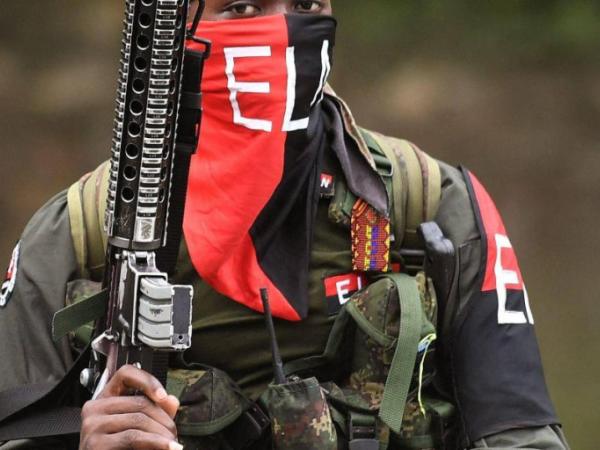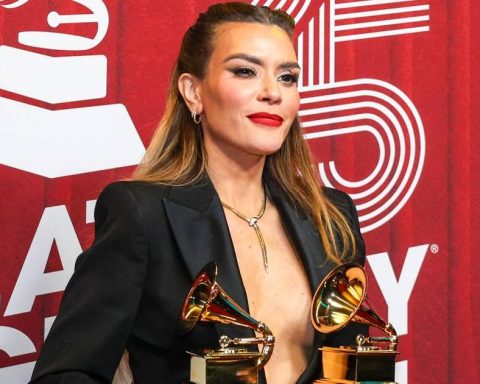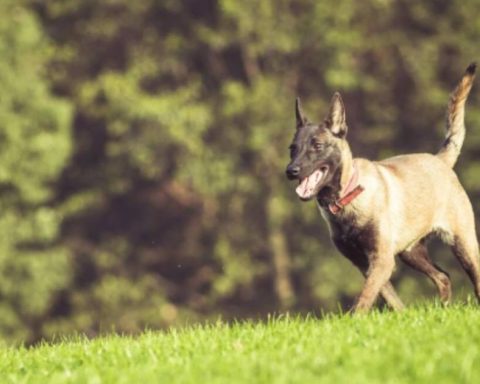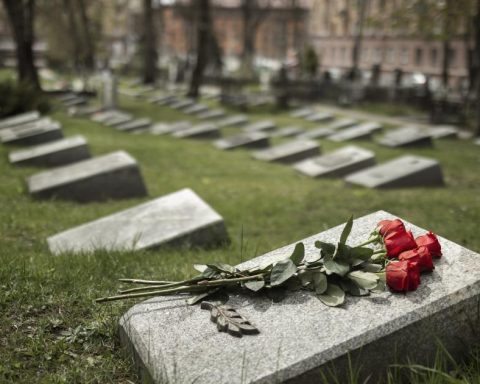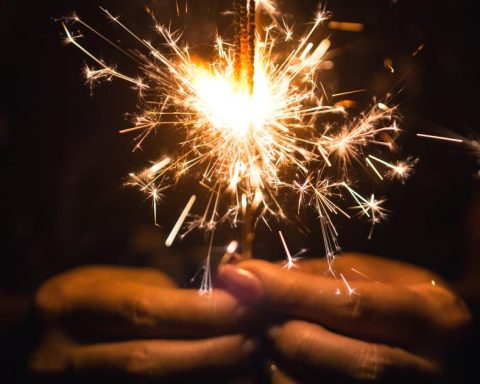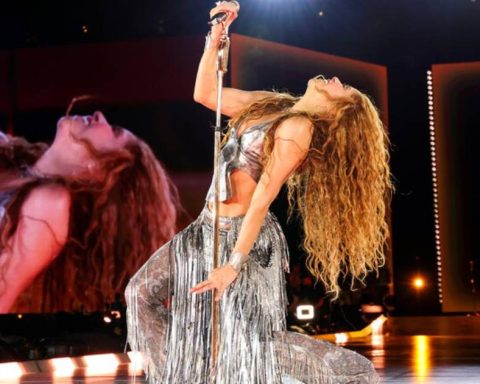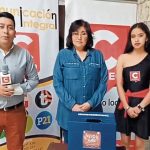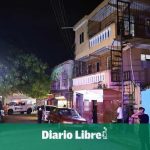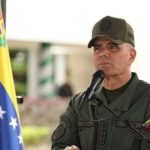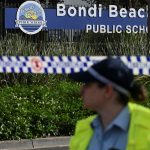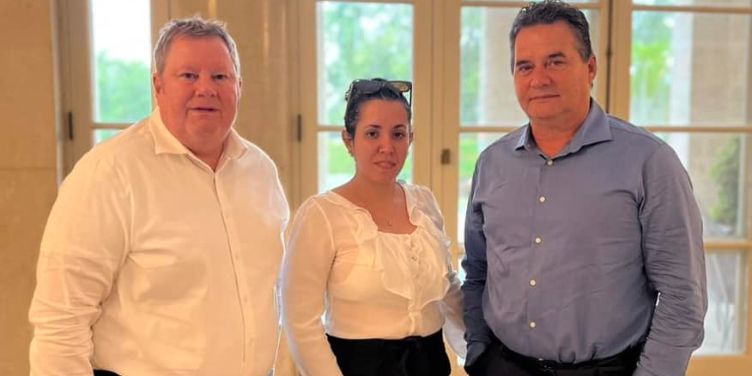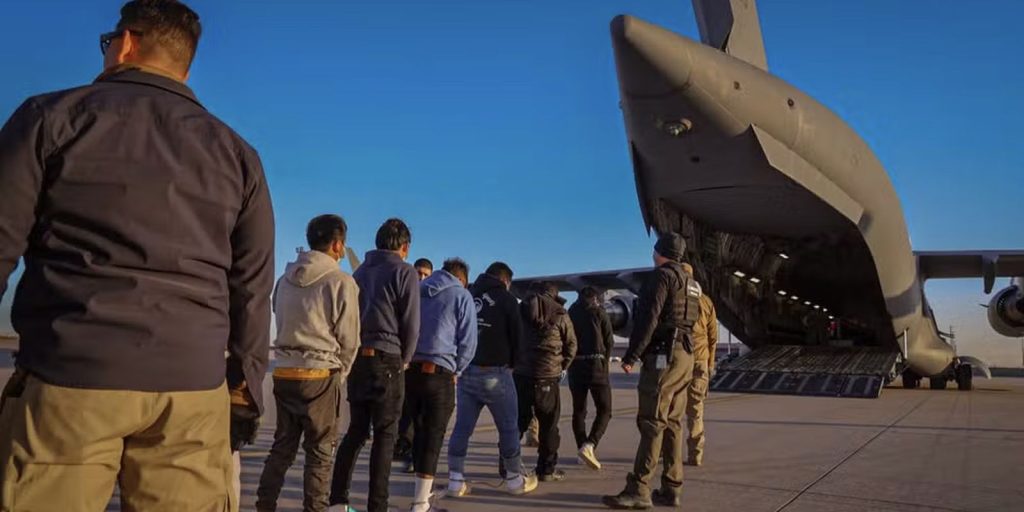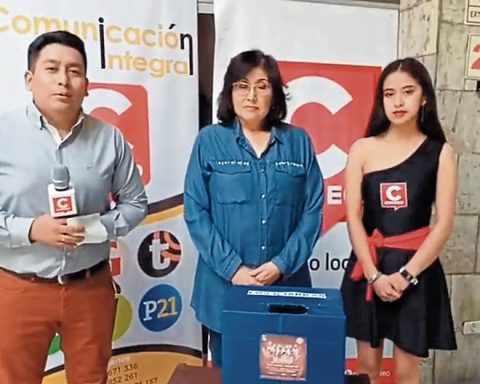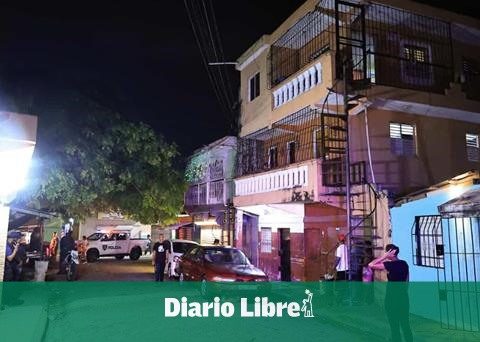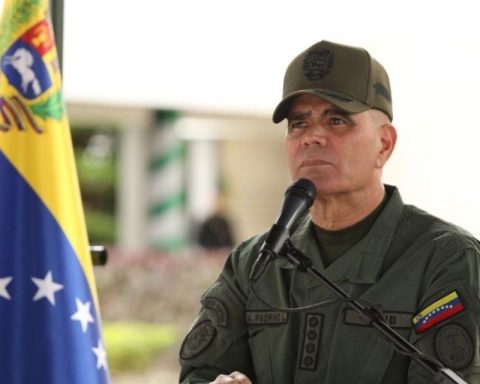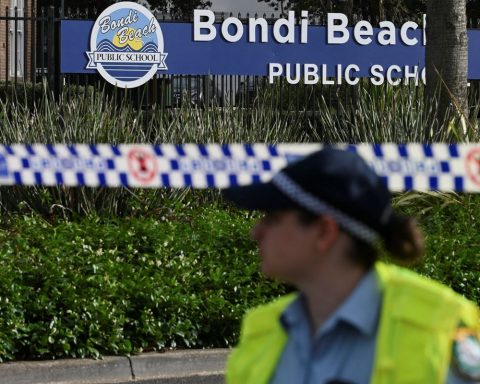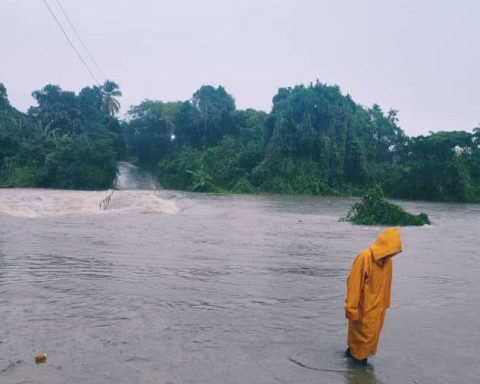Colombia is going through its most serious outbreak of violence in the last decade, after a series of attacks of illegal armed groups that have left a hundred dead and 36,000 displaced since a week ago.
(Read here: Internal commotion: the ABCs of the new measure adopted by the Petro government)
The worst focus of the conflict is concentrated in Catatumbo, a region bordering Venezuela, plagued by coca crops and where guerrillas from the National Liberation Army (ELN) confront dissidents of the extinct FARC guerrilla and attack the civilian population.
These attacks, which President Gustavo Petro described as “war crimes”, led to the suspension of the government’s peace talks with the ELN.
“Since the demobilization of the Farc in 2016, the ELN has not stopped expanding and consolidating its power in Venezuela and in the Colombian border departments. The only obstacle that remains for the ELN is the 33rd Front (of the Farc dissidents), which maintains a strong presence” in the region, explains the American NGO Insight Crime.
In addition to these guerrillas, a handful of criminal organizations control the drug trafficking routes of the country, the largest producer of cocaine in the world. Some remote regions are off-limits to public forces, since there rebels and drug traffickers act as a de facto State.
These are the main armed groups in Colombia:
The ELN
Of Guevarist origin and founded in 1964, this leftist guerrilla operates mainly on the border between Colombia and Venezuela. According to experts, They are on both sides of the border and use their Venezuela as a rearguard.
It also has a strong presence in the departments of Bolívar (north), Antioquia, Chocó (northwest), Valle del Cauca, Cauca and Nariño (southwest).
(See here: Colombia sees the Catatumbo conflict as a lesson to guide the peace process)
On Wednesday, The prosecution reactivated the arrest warrants against more than 30 ELN rebels who between 2022 and 2023 They had been lifted at Petro’s request, as part of the now suspended negotiations. Among them are the top leaders of the guerrilla ‘Pablo Beltrán’, ‘Antonio García’ and ‘Gabino’.
The Gulf Clan
It is the main drug trafficking cartel in Colombia. Of far-right paramilitary origin, the group calls itself the Gaitanista Army of Colombia and insists on being treated as a political organization.
He is also advancing rapprochements with the Petro government. But in December, the president excluded three of his main leaders from the negotiating table, including alias ‘Bad Little Boy’, leader of the organization after the capture and subsequent extradition to the United States in 2022 of Dairo Antonio Úsuga, alias ‘Othniel’.
The Clan has a presence especially in the departments of northwest Colombia, although it also maintains enclaves in Meta, Vichada (east), Casanare (northeast), Valle del Cauca and Nariño (southwest). It is also linked to the trafficking of migrants through the Darién jungle, on the border with Panama, although its leaders deny it.
The FARC
FARC dissidents
EFE
The Revolutionary Armed Forces of Colombia (FARC) signed a historic peace agreement with the Colombian government in 2016, after more than 50 years of armed struggle. But some of their fronts distanced themselves from the demobilization process.
After their fragmentation, they were reorganized with new recruits into groups that are currently in conflict with each other: The Second Marquetalia and the Central General Staff (EMC).
The EMC is the largest group of dissident structures of the FARC, although it is divided. The split under the command of ‘Iván Mordisco’ he turned away of the dialogues with the government in April and increased its pressure against the State with a wave of violence which has mainly affected the departments of Valle del Cauca and Cauca (southwest). Another faction in command of aliases ‘Calarcá’ created an independent group that today remains in talks with the Petro government.
The Second Marquetalia is a group founded by ex-Farc demobilized in 2016 who took up arms again. It exerts influence mainly on the border with Venezuela, but also in several departments of the Amazon (south) and in Nariño (southwest). The former number two of the FARC, Iván Márquez, who was chief peace negotiator, is recognized as its leader.
The Second Marquetalia is also divided after a split between two factions that in November criticized Márquez’s unwillingness to continue with a dialogue table with the Petro government installed in June in Caracas.
AFP
